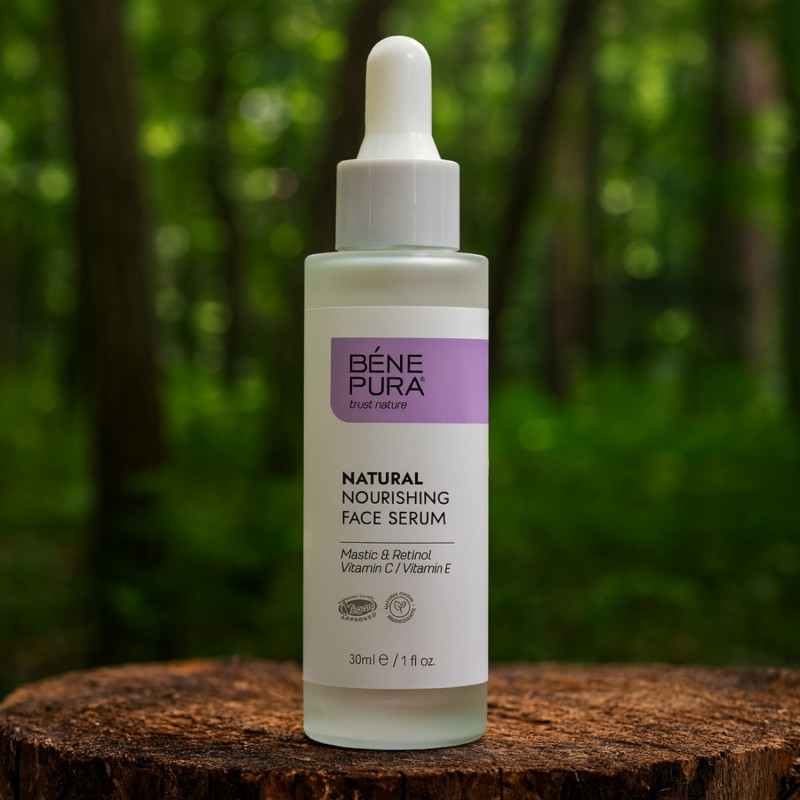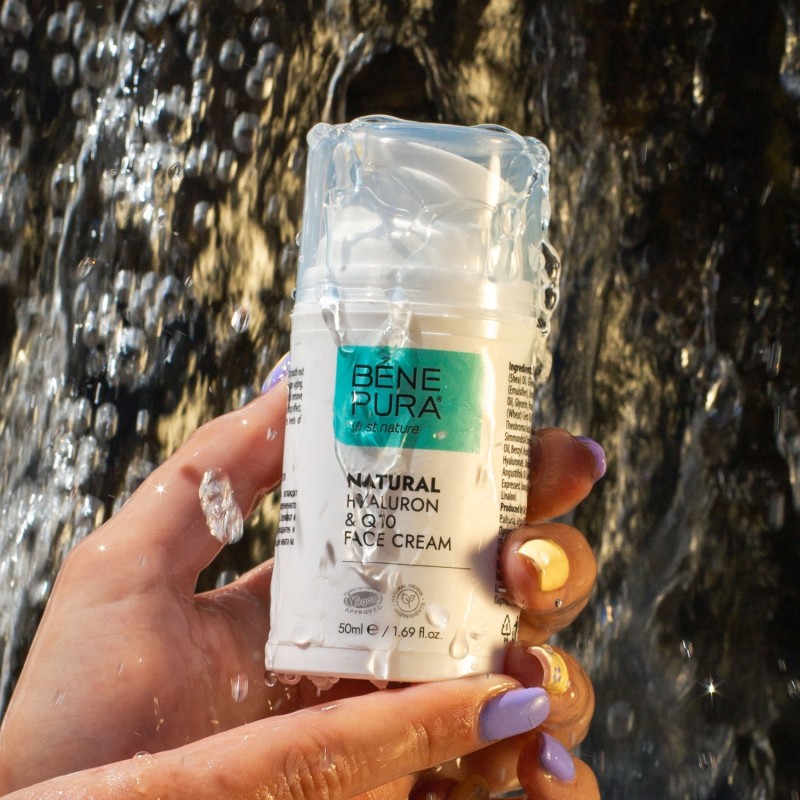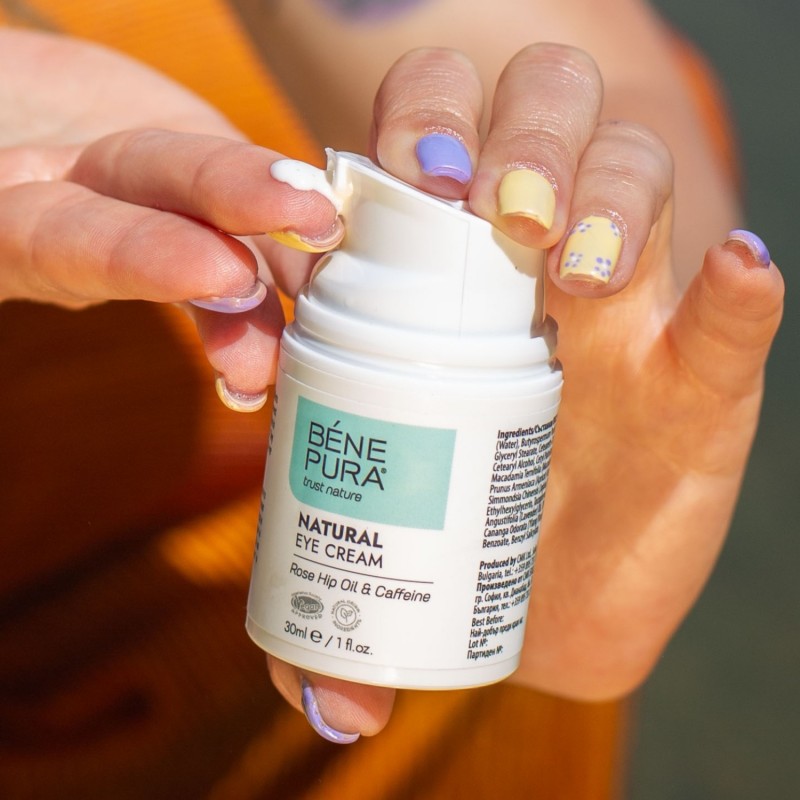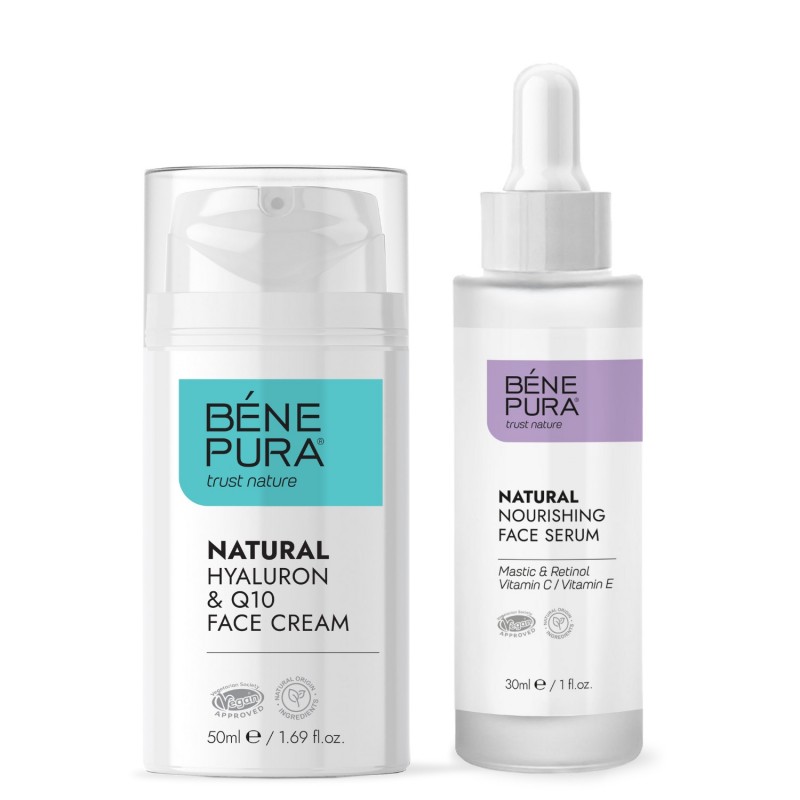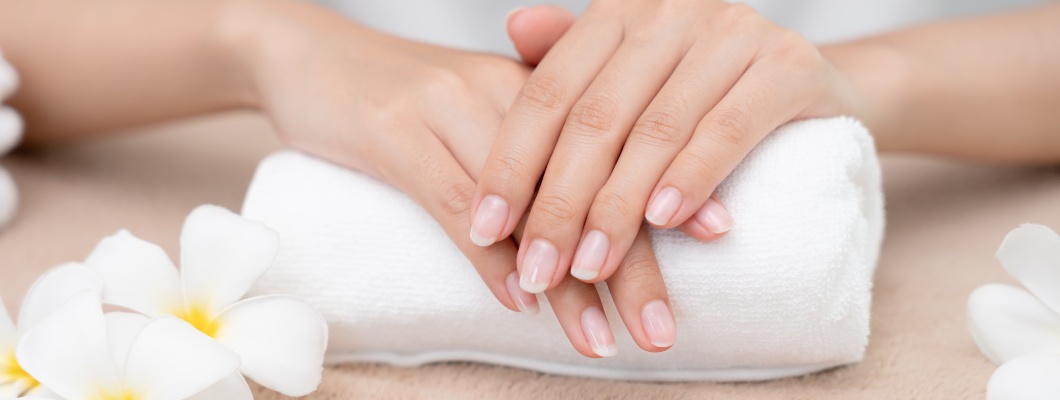How to Reduce Wrinkles and Keep the Skin Young?
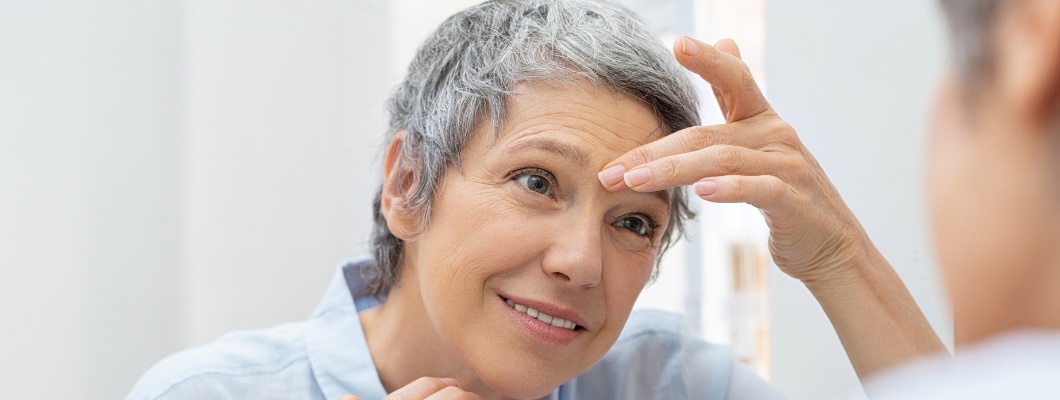
Wrinkles are a natural part of the aging process but for many they represent a cosmetic challenge that they want to control. They are the result of a complex balance between genetic factors, external influences and lifestyle.
Over the years the skin loses its elasticity, collagen production decreases and external factors such as solar radiation, pollution and stress accelerate this process.
Although the appearance of Wrinkles is inevitable there are ways to slow down and reduce them which include proper skin care, a healthy diet and modern medical procedures.
In this article we will look at the main causes of Wrinkles, how to prevent them and what are the most effective methods for their treatment.
Table of Contents
1. What are Wrinkles?
Wrinkles are visible lines, folds or depressions on the surface of the skin that form over time as a result of various biological and external factors. They can appear on any part of the body but are most commonly seen on the face, neck and hands.
The skin is a complex structure made up of several layers - the epidermis (outer layer), the dermis (middle layer) and the hypodermis (deepest layer).
Wrinkles form primarily in the dermis where collagen and elastin, the two main proteins responsible for skin firmness and flexibility, are found. As we age these proteins begin to break down, leading to loss of elasticity and the formation of folds.
Wrinkles can appear in different ways:
- At first they are barely noticeable, appearing only with certain facial expressions and gestures;
- In later stages they deepen and remain constant, even when the face is at rest.
Besides being a natural part of aging, Wrinkles can be an indicator of skin condition and overall health.
2. Causes of Wrinkles
Wrinkles appear as a result of a complex process involving internal (biological) and external (environmental) factors. Each person is predisposed to their formation to varying degrees but some specific causes accelerate this process.
Their premature appearance is often associated with factors such as improper nutrition, insufficient skin care, dehydration and exposure to harmful external influences.
Biological aging
As we age the body naturally undergoes changes that lead to the appearance of Wrinkles. These processes include:
- Decreased production of collagen and elastin - over the years, the skin loses its basic structural proteins making it weaker and more prone to Wrinkles;
- Slowed cell renewal - in youth skin cells regenerate quickly, but over time this process slows down leading to the accumulation of dead cells and loss of smoothness;
- Reduced sebaceous glands - with age the skin begins to produce less sebum, which leads to dryness and an increased tendency to form Wrinkles.
Sun exposure (photoaging)
The sun's UV rays are one of the biggest culprits for premature skin aging. Prolonged and unprotected sun exposure leads to:
- Collagen breakdown - UV rays break down collagen fibers in the skin making it weaker and prone to sagging;
- Moisture loss and dryness - the sun dehydrates the skin which further accelerates the aging process;
- Faster formation of age spots - sun damage can lead to uneven skin tone and further aging of the appearance.
Smoking
Smoking is one of the biggest enemies of youthful skin. It negatively affects it in several ways:
- Narrows blood vessels - nicotine limits the flow of oxygen and nutrients to the skin making it pale and lifeless;
- Destroys collagen and elastin - chemicals in cigarette smoke accelerate the breakdown of these vital proteins;
- Increases the formation of mimic Wrinkles - frequent tightening of the lips when smoking contributes to the appearance of Wrinkles around the mouth.
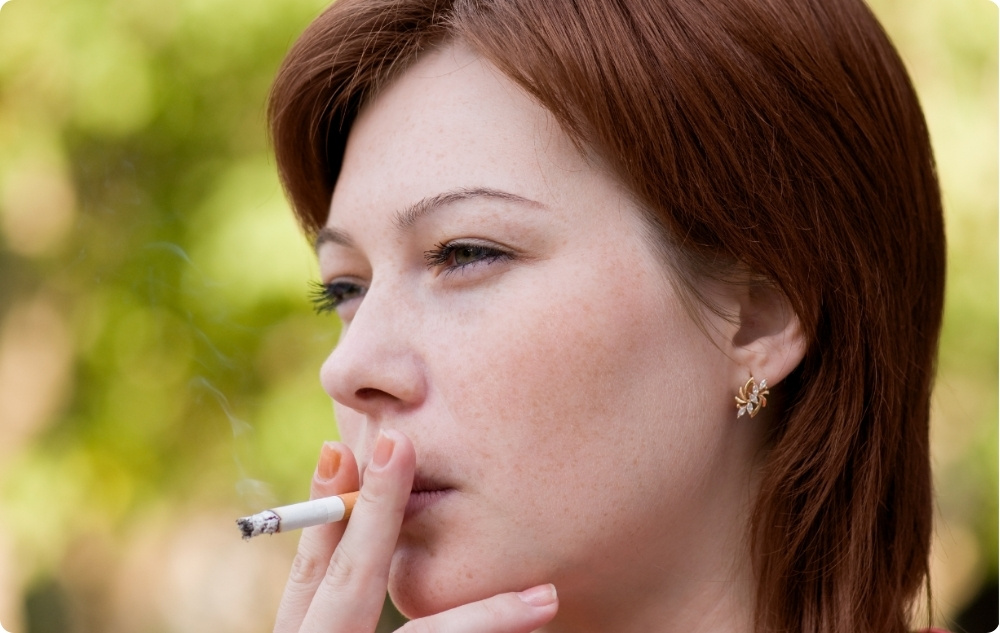
Dehydration
The lack of enough water in the body has a negative effect on the skin:
- Skin becomes dry and rough - insufficient hydration leads to loss of elasticity;
- Faster formation of fine lines - when the skin is not well hydrated Wrinkles become more visible.
Bad eating habits
Diet plays an important role in skin health. A lack of certain nutrients can accelerate aging:
- Antioxidant deficiency - antioxidants, such as vitamins C and E, help neutralize free radicals that damage the skin;
- Excessive sugar consumption - the process of glycation, in which sugar binds to collagen, leads to loss of elasticity and accelerates the formation of Wrinkles;
- Insufficient Omega-3 fatty acids - important for maintaining skin hydration and flexibility.
Lack of sleep
Insufficient sleep leads to chronic stress and accelerated skin aging:
- Increased cortisol levels - this hormone breaks down collagen and leads to loss of firmness;
- Insufficient regeneration - the skin regenerates during sleep.
Wrinkles don't appear without a reason - they are the result of a combination of internal and external factors. While some of them, like natural aging, cannot be avoided many others are completely preventable.
3. Types of Wrinkles
Wrinkles are not the same and differ in the way they form - their depth and the factors that cause them.
1. Dynamic Wrinkles ( mimic Wrinkles )
Dynamic Wrinkles are formed as a result of repeated movements of the facial muscles.
Initially they only appear when expressing emotions, but over time they can become permanent.
Features of dynamic Wrinkles:
- They are associated with repetitive facial expressions such as smiling, frowning,and raising of the eyebrows;
- At first they appear only with facial movement, but over time they become more severe;
- Most often they occur around the eyes, forehead and mouth.
Examples of dynamic Wrinkles:
- Forehead Wrinkles - horizontal lines caused by frequent eyebrow raising;
- "Crow's feet" - fine lines around the eyes that appear when smiling;
- Eyebrow Wrinkles (angry Wrinkles) - vertical lines formed when frowning;
- Lines around the mouth - appear when the lips are frequently pursed (for example, when smoking or drinking with a straw).
2. Static Wrinkles
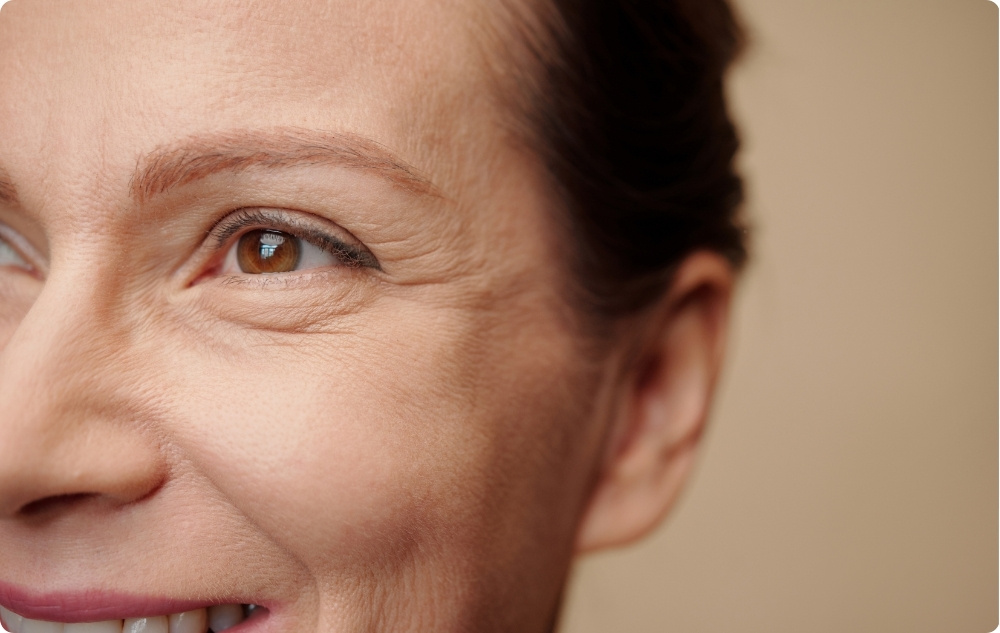
Static Wrinkles form as a result of the loss of collagen, elastin and hyaluronic acid.
They are not associated with facial movements and remain visible even at rest.
Features:
- Caused by natural aging, sun exposure and decreased moisture in the skin;
- Gradually worsen with age;
- Most often appear on the lower face, neck and décolleté.
Examples of static Wrinkles:
- Nasolabial folds - deep lines that extend from the nose to the corners of the mouth;
- Neck Wrinkles - formed due to loss of elasticity and prolonged sun exposure;
- Vertical Wrinkles above the upper lip (barcode Wrinkles) - caused by aging, smoking and expressive facial expressions.
3. Gravitational Wrinkles ( relaxation Wrinkles )
This type of Wrinkle appears as a result of loss of firmness and volume in the face caused by gravity.
As we age the skin becomes thinner, muscles weaken and facial fat decreases leading to sagging and the formation of Wrinkles.
Features:
- Caused by loss of subcutaneous fat and sagging skin;
- Associated with loss of volume in the face especially in the cheek and jaw area;
- More pronounced in people with thin skin and less subcutaneous fat.
Examples of gravitational Wrinkles:
- Marionette lines - vertical lines that extend from the corners of the mouth to the chin;
- Sagging cheeks (bulldog effect) - a result of a decrease in subcutaneous fat and loss of firmness;
- Neck Wrinkles - formed by gravity and the position of the body during sleep.
4. Combined Wrinkles
For many people Wrinkles don't fall into just one category.
Over time, dynamic Wrinkles can become static and the loss of collagen and fat can contribute to the appearance of gravitational folds.
Examples of combined Wrinkles:
- Forehead Wrinkles, which are initially dynamic but over time remain visible even at rest;
- Nasolabial folds, which become more pronounced due to the combined action of gravity and loss of facial volume;
- Marionette lines, which are deepened by both facial expressions and skin relaxation.
The type of Wrinkles determines the best methods for prevention and treatment.
4. How to Prevent Wrinkles?
Wrinkle prevention is the key to maintaining youthful and healthy skin for longer. While aging is a natural process, proper care and habits can significantly delay the appearance of Wrinkles and reduce their depth.
Here are some effective ways to prevent Wrinkles:
Protect your skin from the sun
Exposure to UV rays is one of the leading causes of premature skin aging.
Sun protection is the first step towards preventing Wrinkles.
How can we protect ourselves?
- Use a sunscreen with SPF 30 or higher, regardless of the season;
- Wear sunglasses to protect the delicate skin around the eyes and prevent the appearance of mimic Wrinkles;
- Avoid excessive sun exposure, especially between 10:00 and 16:00;
- Wear protective clothing - wide-brimmed hats and long-sleeved clothing that protects the skin.
Keep your skin hydrated
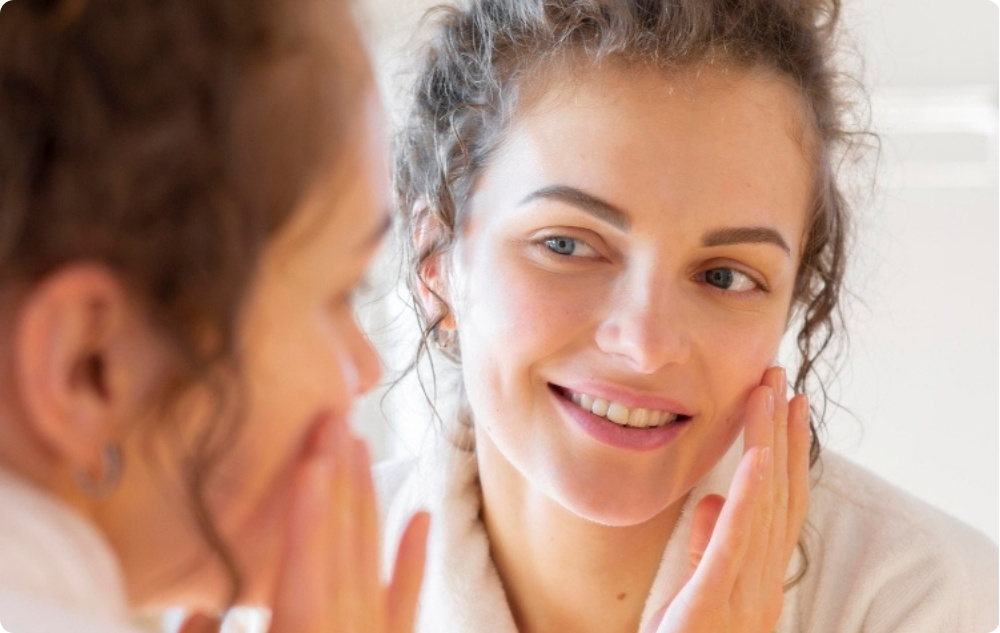
Dehydrated skin is more susceptible to fine lines and Wrinkles.
Sufficient hydration helps maintain its elasticity and smoothness.
How to keep the skin hydrated?
- Drink enough water - at least 1.5-2 liters per day;
- Use moisturizing creams with hyaluronic acid, glycerin and oils;
- Avoid excessively hot showers - they dry out the skin;
- Humidify the air in the room, especially in winter when the air is dry.
Follow a healthy diet
Food has a direct impact on the condition of the skin. Some foods slow down aging while others accelerate the appearance of Wrinkles.
Foods that protect the skin:
- Antioxidant-rich foods - fruits and vegetables such as blueberries, spinach and carrots;
- Omega-3 fatty acids - found in salmon, walnuts and flaxseed;
- Collagen-boosting foods - bone broth, eggs and citrus fruits;
- Green tea - contains catechins which help protect the skin.
Foods that accelerate aging:
- Excessive sugar consumption leads to glycation which damages collagen;
- Processed foods contain harmful fats and additives;
- Excessive alcohol consumption dehydrates the skin and causes inflammation.
Reduce stress
Chronic stress negatively affects the skin by increasing inflammation and breaking down collagen.
Methods for dealing with stress:
- Regular walks in fresh air improve circulation and reduce stress;
- Avoid chronic stress - find time for hobbies and rest.
Proper skin care routine
Regular and proper skin care can significantly slow down the aging process.
Basic steps in skin care:
- Cleansing - use gentle cleansers that do not dry out the skin;
- Exfoliation - sensory exfoliation 1-2 times a week helps with cell renewal;
- Hydration - mandatory in the morning and evening;
- Use serums - retinol, vitamin C and peptides stimulate collagen production;
- Sun protection - mandatory even on cloudy days.
5. Home Remedies for Wrinkles
Many people prefer natural methods to combat Wrinkles because they are more affordable and do not contain harsh chemicals. Home remedies can help hydrate the skin, stimulate collagen production and protect against free radicals.
1. Natural oils for rejuvenation
Some vegetable oils are rich in antioxidants, vitamins and fatty acids that nourish the skin and reduce fine lines.
The best oils for fighting Wrinkles:
- Rosehip oil - rich in vitamins A and C, stimulates collagen and regenerates the skin;
- Coconut oil - deeply hydrates and softens the skin;
- Almond oil - contains vitamin E which protects the skin from aging;
- Jojoba oil - balances sebum production and prevents dryness.
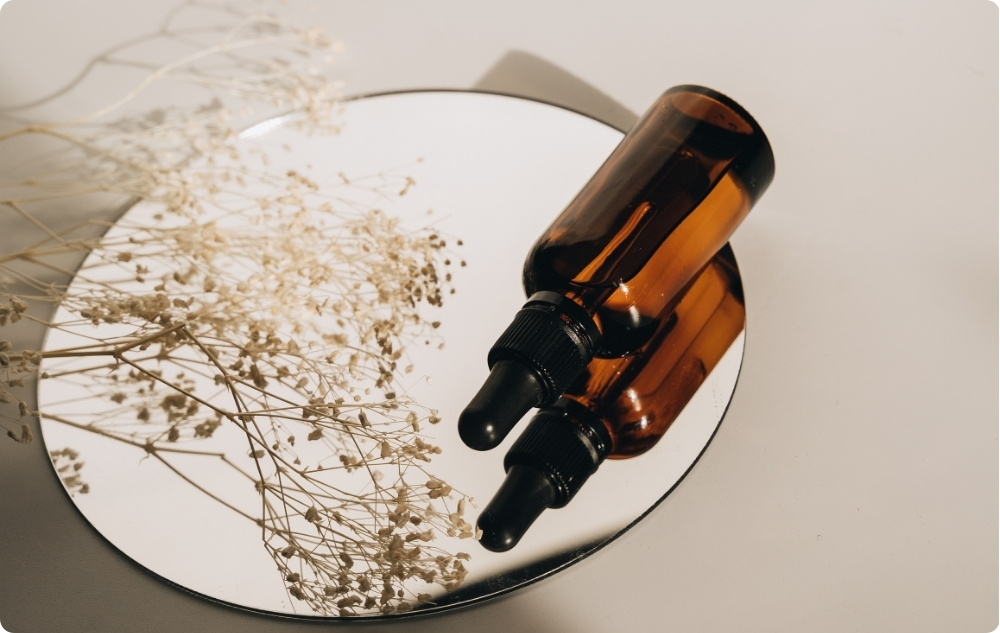
How to use the oils?
- Apply a few drops of oil to clean skin before bedtime;
- Massage using circular motions for better absorption;
- Use regularly for best results.
2. Anti-Wrinkle face mask
Homemade masks can provide deep hydration, nourishment and protection of the skin from harmful factors.
Nourishing mask with Honey and Avocado
Required ingredients:
- 1 tablespoon Honey;
- ½ ripe Avocado;
- 1 teaspoon Olive oil.
How to make it:
- Mash the Avocado into a smooth paste;
- Add the Honey and Olive oil and mix well;
- Apply to the face and leave for 20 minutes;
- Rinse with lukewarm water and pat dry with a soft towel.
6. Medical Procedures to Reduce Wrinkles
When home methods and preventive measures are not enough, medical procedures can provide an effective and long-lasting solution to reduce Wrinkles.
Botox (botulinum toxin) - for dynamic Wrinkles
Botox is one of the most popular non-surgical procedures for removing facial Wrinkles.
How does Botox work?
- Botulinum toxin blocks nerve signals to the muscles, causing them to relax;
- Wrinkles caused by facial expressions (e.g. crow's feet, frown lines) become less visible;
- The procedure is quick, painless and results appear within a few days.
How long does the effect last?
- Usually between 3 and 6 months;
- After that, muscle activity gradually recovers and a new procedure can be performed.
Dermal fillers - for volume replenishment
Fillers are another effective method for correcting Wrinkles especially static and gravitational lines.
How do dermal fillers work?
- They most often contain hyaluronic acid which retains water and provides volume and hydration;
- They are used to fill deep Wrinkles such as nasolabial folds and marionette lines;
- They can also be used for facial shaping such as cheek lifting and jaw contouring.
How long does the effect last?
- Depending on the type of filler, the results can last from 6 months to 2 years.
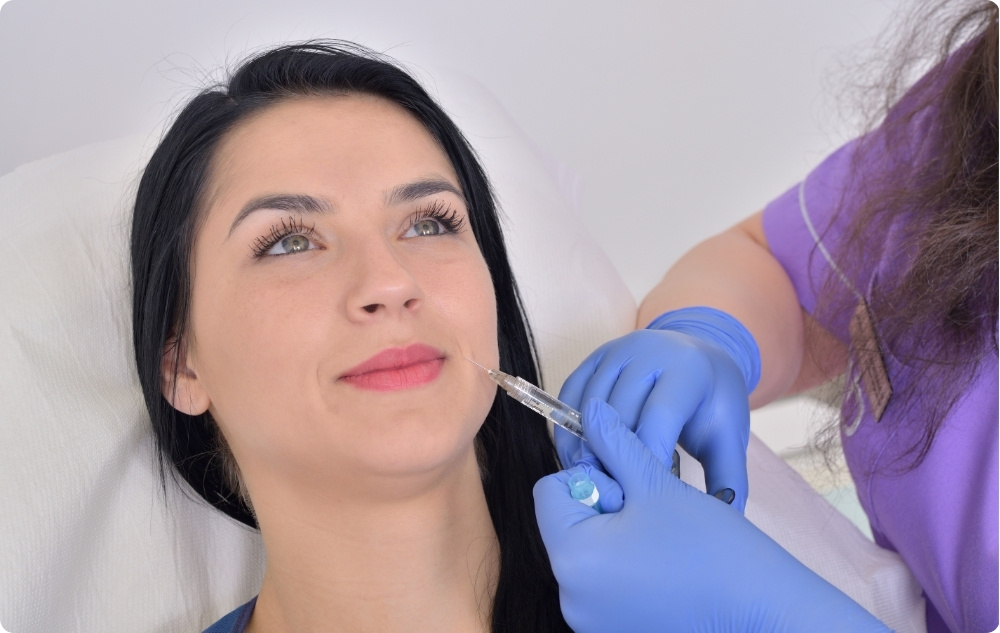
Laser therapy - for rejuvenation and regeneration
Laser treatments stimulate natural skin renewal and collagen production.
Types of laser therapies for Wrinkles:
- Fractional laser - works through micro-damages that stimulate the skin to repair and produce new collagen;
- CO2 laser - suitable for deeper Wrinkles and scars, provides a long-lasting effect;
- IPL (Intense Pulsed Light) - a gentler procedure that improves texture and tightens the skin.
How long does the effect last?
- Depending on the procedure, the effect can last from 1 to 5 years.
Chemical peeling - for skin renewal
Chemical peeling removes the top layer of skin and stimulates cell renewal.
Types of chemical peels:
- Superficial peel - uses mild acids (such as glycolic or lactic) to improve skin texture;
- Medium peel - contains trichloroacetic acid (TCA) which penetrates deeper and helps reduce Wrinkles;
- Deep peel - uses phenolic acid and provides dramatic improvement but requires a long recovery period.
How long does the effect last?
- Superficial peeling - several months;
- Medium peeling - up to 1 year;
- Deep peeling - can last several years.
Microneedling - for collagen stimulation
Microneedling uses microneedles that create micropunctures in the skin and stimulate its repair.
Benefits of microneedling:
- Improves collagen production;
- Reduces fine lines and Wrinkles;
- Improves skin texture and reduces pigmentation.
How long does the effect last?
- Results improve after several procedures, and the effect can last up to 1 year.
Surgical facelift - for long-lasting results
When the skin is severely sagging and other methods are not sufficient a surgical lift may be performed.
What are the types of facelifts?
- Facelift - removes excess skin and tightens the facial contour;
- Neck lift - corrects sagging skin in the neck area;
- Blepharoplasty - removes excess skin around the eyes.
How long does the effect last?
- Typically 10-15 years, depending on individual lifestyle.
7. Conclusion
Wrinkles are an inevitable part of the aging process but their appearance can be significantly delayed with proper care and healthy habits.
Sun protection, good hydration and a balanced diet play a key role in maintaining supple and smooth skin.
The most important thing is to take care of your skin consistently and choose methods that suit your needs and lifestyle.
SOURCES:
1. MayoClinic: Wrinkles (08.04.2025)

